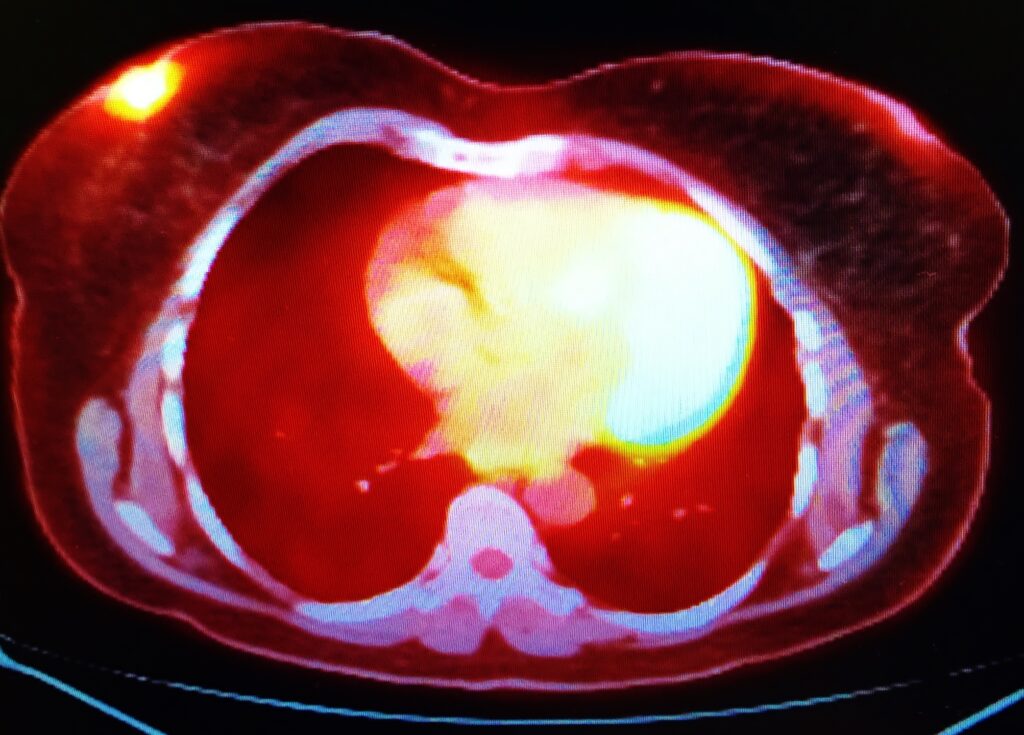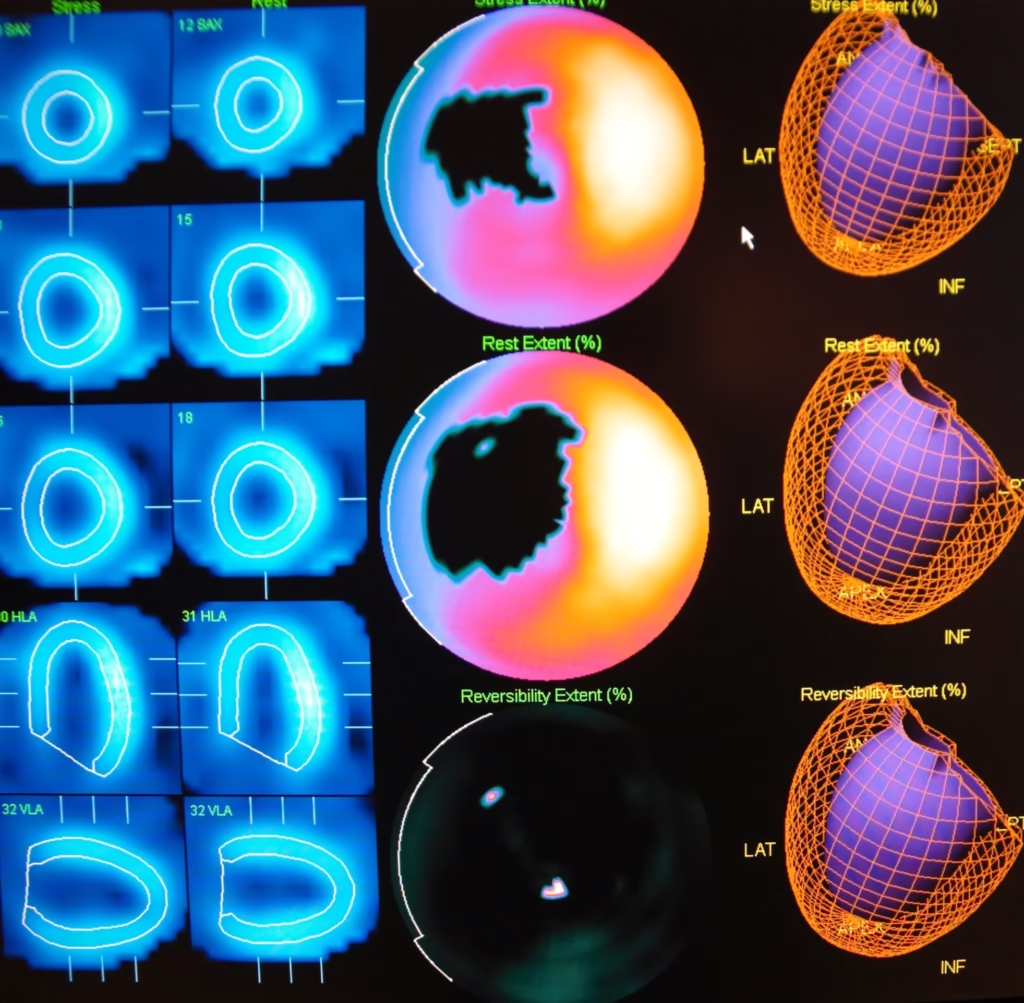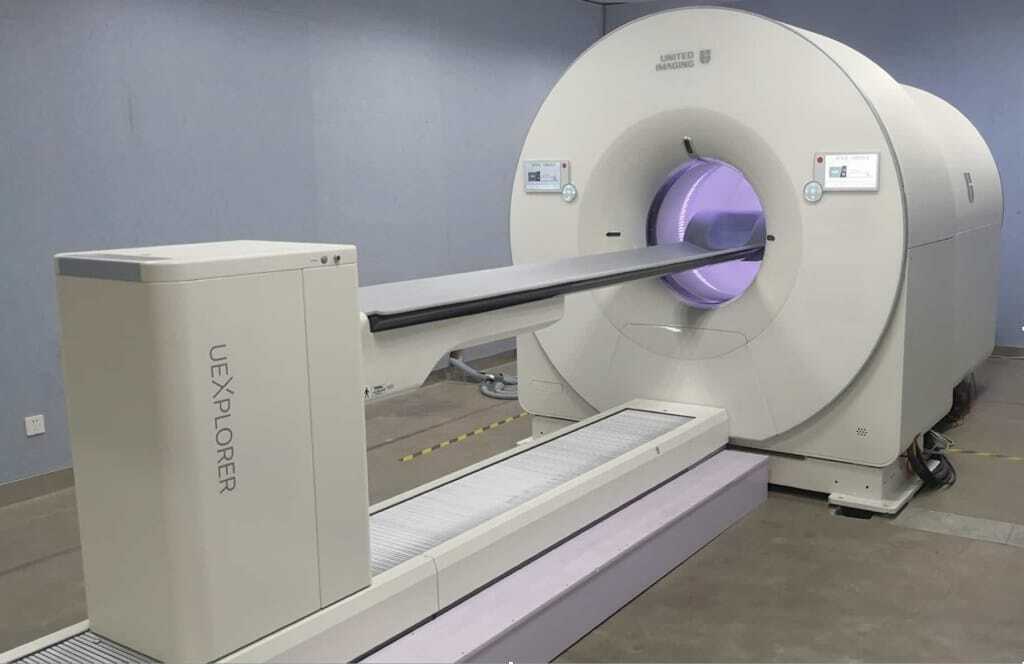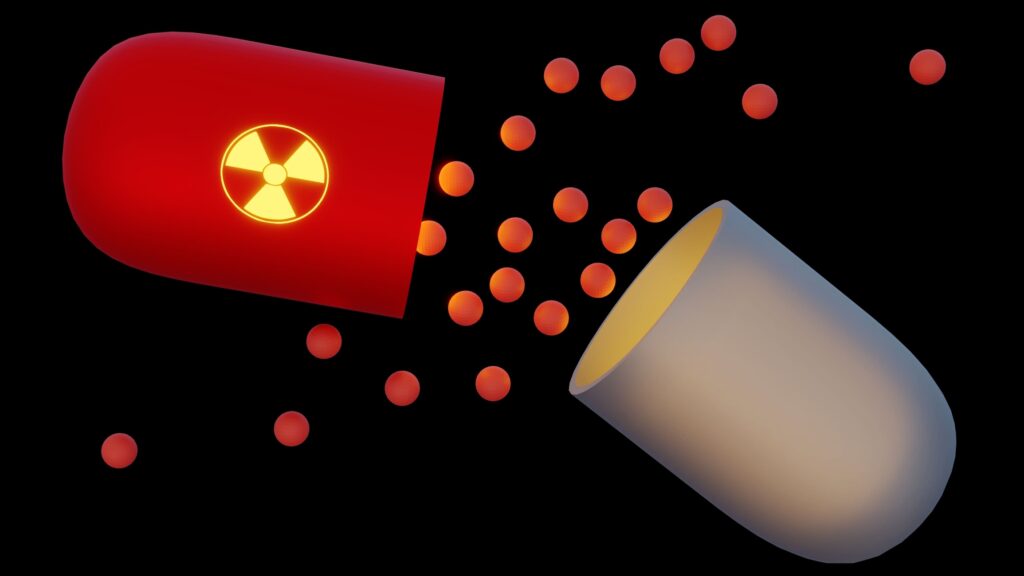Radiopharmaceuticals are emerging as one of the most promising innovations. They combine the precision of atomic science with the life-saving potential of modern healthcare, offering new possibilities in both diagnosis and treatment. These agents, which use radioactive isotopes to detect and target diseases, are helping medical professionals visualise internal processes like never before. For college students and researchers interested in science, technology, or healthcare, understanding radiopharmaceuticals opens a door to one of the most exciting frontiers in medicine.
The field of radiopharmaceuticals demands curiosity, dedication, and strong analytical skills. Whether one is studying chemistry, biology, or nuclear medicine, the topic encourages deep learning that bridges theory with real-world applications. As part of school projects or academic assignments, exploring this field not only strengthens scientific understanding but also builds appreciation for how atomic-level precision transforms clinical outcomes.
For students managing multiple subjects and tight deadlines, balancing coursework can be challenging. That’s why many learners rely on academic support tools like a cheap assignment writing service to manage their study loads effectively. With the right guidance and resources, they can focus on grasping complex scientific topics such as radiopharmaceuticals without compromising the quality of their work.
What Are Radiopharmaceuticals?
Radiopharmaceuticals are specialised compounds that contain radioactive isotopes, used for either diagnosis or therapy. When introduced into the body, these substances travel to specific organs, tissues, or cellular receptors. The radiation they emit can then be detected by imaging devices or used to destroy harmful cells, such as cancerous growths.
Unlike traditional drugs that rely on chemical reactions, radiopharmaceuticals operate with atomic-level accuracy. This makes them invaluable in detecting diseases earlier and targeting them more precisely, reducing the side effects commonly associated with conventional treatments. For students learning about molecular medicine, this field demonstrates how nuclear physics and pharmacology intersect to produce tangible benefits for human health.
The Science Behind Atomic Precision
Radiopharmaceuticals harness isotopes—atoms with unstable nuclei—to trace or treat physiological functions. By emitting gamma rays or positrons, they enable doctors to visualise biological activity inside the body through imaging technologies like PET (Positron Emission Tomography) and SPECT (Single Photon Emission Computed Tomography).
This atomic precision is particularly important for detecting conditions that may not yet have visible symptoms. Early diagnosis often leads to better outcomes, and radiopharmaceuticals make it possible to identify diseases such as cancer, heart disease, and neurological disorders in their earliest stages.
For students in science-related majors, understanding isotopic decay and energy emission is not just an academic exercise—it’s a real-world application of concepts learned in physics and chemistry classes. When preparing homework or lab reports, analysing these mechanisms helps connect classroom learning with clinical advancements.
Educational Value for Students
Deepening Understanding of Interdisciplinary Science
Radiopharmaceuticals combine knowledge from multiple scientific domains. Students studying biology explore cellular pathways; chemistry majors focus on molecular composition; and physics students examine radiation properties. This interdisciplinary approach mirrors the collaborative nature of modern medicine, teaching learners the value of integrated problem-solving.
Enhancing Research and Critical Thinking Skills
Assignments or term papers on radiopharmaceuticals allow students to sharpen their research abilities. Analysing peer-reviewed studies, comparing diagnostic methods, or evaluating therapeutic outcomes encourages critical thinking. Students can use these tasks as opportunities to practice academic writing, reference credible sources, and synthesise complex data—skills essential for college success.
Working with paper writers can also help students understand proper formatting, structure, and clarity in scientific communication. This collaboration not only saves time but also provides insight into how professionals convey technical information effectively.
Key Applications in Modern Medicine
Radiopharmaceuticals are used in a variety of medical contexts, from early diagnosis to targeted therapy. Below are some of the most notable applications:
Diagnostic Imaging
- PET and SPECT scans help identify metabolic and functional changes in organs.
- Used extensively for cancer detection, brain imaging, and cardiovascular assessments.
Targeted Therapy
- Therapeutic radiopharmaceuticals deliver radiation directly to diseased cells, minimising damage to healthy tissues.
- Commonly used in treating thyroid disorders and specific cancers, such as lymphoma or prostate cancer.
Research and Drug Development
- Scientists use radiolabeled compounds to study disease pathways and test new pharmaceuticals.
- Enables precise monitoring of how drugs interact with biological systems.
These applications demonstrate why radiopharmaceuticals are central to the future of precision medicine. As students studying healthcare or medical technology will discover, this field exemplifies how innovation can improve accuracy and outcomes in patient care.
Career Opportunities for Students
Exploring radiopharmaceuticals can inspire students to pursue careers in nuclear medicine, radiology, or pharmaceutical research. Graduates in these fields often work in hospitals, diagnostic centres, or research labs, developing new imaging agents or therapeutic solutions.
For those still in school, focusing on subjects like physics, biology, and chemistry can provide a solid foundation. Participating in internships, lab work, and group projects enhances hands-on learning, bridging the gap between theory and practice. Students preparing assignments on radiopharmaceuticals can also use these experiences to create compelling academic portfolios that highlight their expertise and curiosity.
Challenges and Ethical Considerations
While radiopharmaceuticals hold tremendous promise, their use comes with challenges. Handling radioactive materials requires strict safety protocols to protect both healthcare professionals and patients. Students studying medical ethics will also recognise debates around radiation exposure, cost accessibility, and equitable distribution of advanced treatments.
These discussions encourage learners to think critically about the broader impact of scientific innovation. Writing essays or research projects on these themes can deepen understanding of the balance between technological progress and ethical responsibility.
Conclusion
Radiopharmaceuticals represent a groundbreaking fusion of science, technology, and medicine. Their ability to diagnose and treat diseases with atomic precision marks a turning point in how healthcare professionals approach patient care. For students, studying this topic offers valuable insights into interdisciplinary collaboration and the real-world application of classroom concepts.
As they complete essays, research projects, or any type of paper, learners gain not only academic knowledge but also a deeper appreciation for how science shapes modern life. Whether aspiring to work in medicine, research, or technology, students who engage with the study of radiopharmaceuticals are preparing themselves for a future defined by innovation, precision, and discovery.
Disclaimer
This article is provided for educational and informational purposes only and is not intended as medical advice, clinical guidance, or a substitute for professional healthcare consultation. Radiopharmaceuticals involve complex scientific and medical principles that should only be studied, handled, or applied under the supervision of qualified professionals and in accordance with relevant safety regulations. Readers, including students and researchers, should not attempt to replicate or apply the procedures, methods, or treatments described without appropriate training and authorisation.
Any references to academic support services are mentioned for illustrative purposes only and do not constitute endorsement by Open MedScience. Open MedScience accepts no responsibility or liability for how the information contained in this article is used, interpreted, or applied. For medical concerns, readers should always seek advice from a licensed healthcare provider or relevant professional authority.
You are here: home » diagnostic medical imaging blog »



